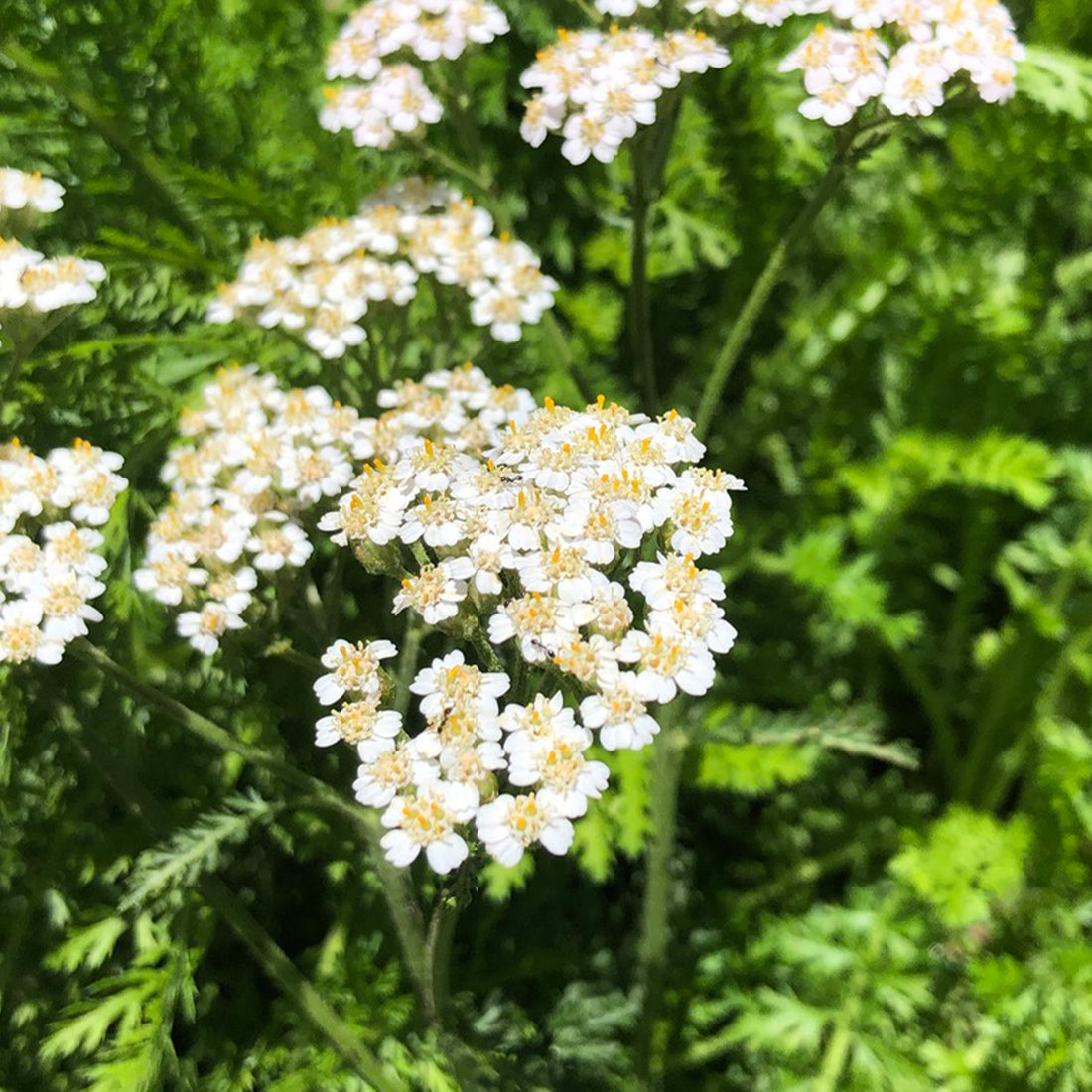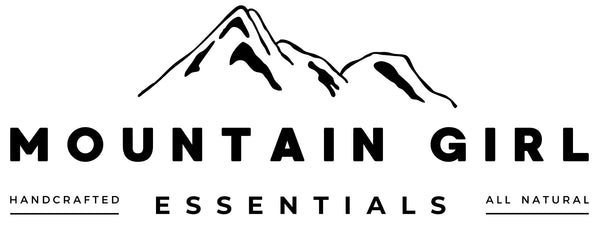
Yarrow (Achillea millefolium)
Share
Achillea millefolium is native to Europe and Asia and has naturalized throughout North America. Yarrow is one of our California native plants, and can be found almost everywhere, including on the coast and in the mountains. It is commonly found in meadows, fields and disturbed areas.
Yarrow is most popularly loved as an herbal first aid plant and is known for closing bleeding wounds. Its leaves can be crushed and placed on to a wound to stop bleeding and prevent infection. It’s long history as a medicinal herb goes back to the legend of Achilles who used it for wounds inflicted during the Trojan War. Yarrow is one of the more important herbs to know for its therapeutics; astringent, antiseptic, antimicrobial and anti-inflammatory properties.
YARROW IDENTIFICATION
Yarrow is also known as milfoil which is a reference to its feathery appearance from fern-like feathery leaves. These bright green frilly leaves are one of the defining characteristics that make yarrow stand out from look-alike plants. The stalk grows to about 2-3 high and ends in clusters of small, daisy-like flowers. The flowers are usually white and can sometimes be light pink. Garden varieties can be orange, yellow or red.

Be careful of a look-a-like plant called Poison Hemlock. It’s pretty easy to tell the difference. Poison Hemlock stems are smooth and purple or with purple splotches whereas yarrow stems are grooved with wooly hairs. Poison Hemlock smells bad, but yarrow smells sweet, herbaceous, pungent and earthy, with spicy tones. Knowing the difference can save a life.
Another botanical that resembles yarrow is Wild Carrot (Daucus carota) also known as Queen Anne’s Lace. Queen Anne’s Lace has a true umbel shaped flower, sometimes with a burgundy colored floret in the middle, it has hairy stems, and smells just like carrots! Queen Anne’s Lace also has three-prong bracts extending from the base of the flower. Wild Carrot is not toxic.
HOW TO HARVEST YARROW
Yarrow can be found in the wild, but it's very easy to grow your own at home. It thrives in most backyard conditions and attracts all sorts of pollinators. All parts of yarrow are useful but I like using the flowers and leaves. Yarrow is best used fresh; you can usually harvest most of the year in milder climates. Pick the flowers when they are fully opened. If not used right away, you can tie them in bundles and hang them or spread them out onto a rack to dry for use later.
HYDROSOL USES
- Wound cleanser
- Stop bleeding of wounds (styptic)
- Relieve pain and inflammation
- Great as an ingredient in facial and body washes
- Cooling spritzer
- Facial toner to balance pH
*Yarrow hydrosol available for a limited time.
FOR THE SKIN
- Makes an excellent salve
- Often used for dry skin
- Slightly astringent, acne-prone skin
- Antiseptic
- Bruises, burns, cuts
- Rashes, razor burn
DID YOU KNOW?
Yarrow has traditionally been used as a replacement for hops when making beer?
Have you had a chance to work with this wonderful plant? What's your favorite uses?


